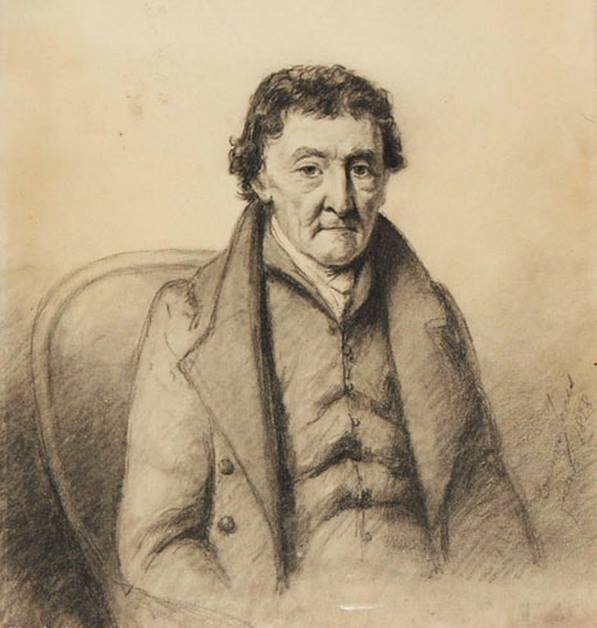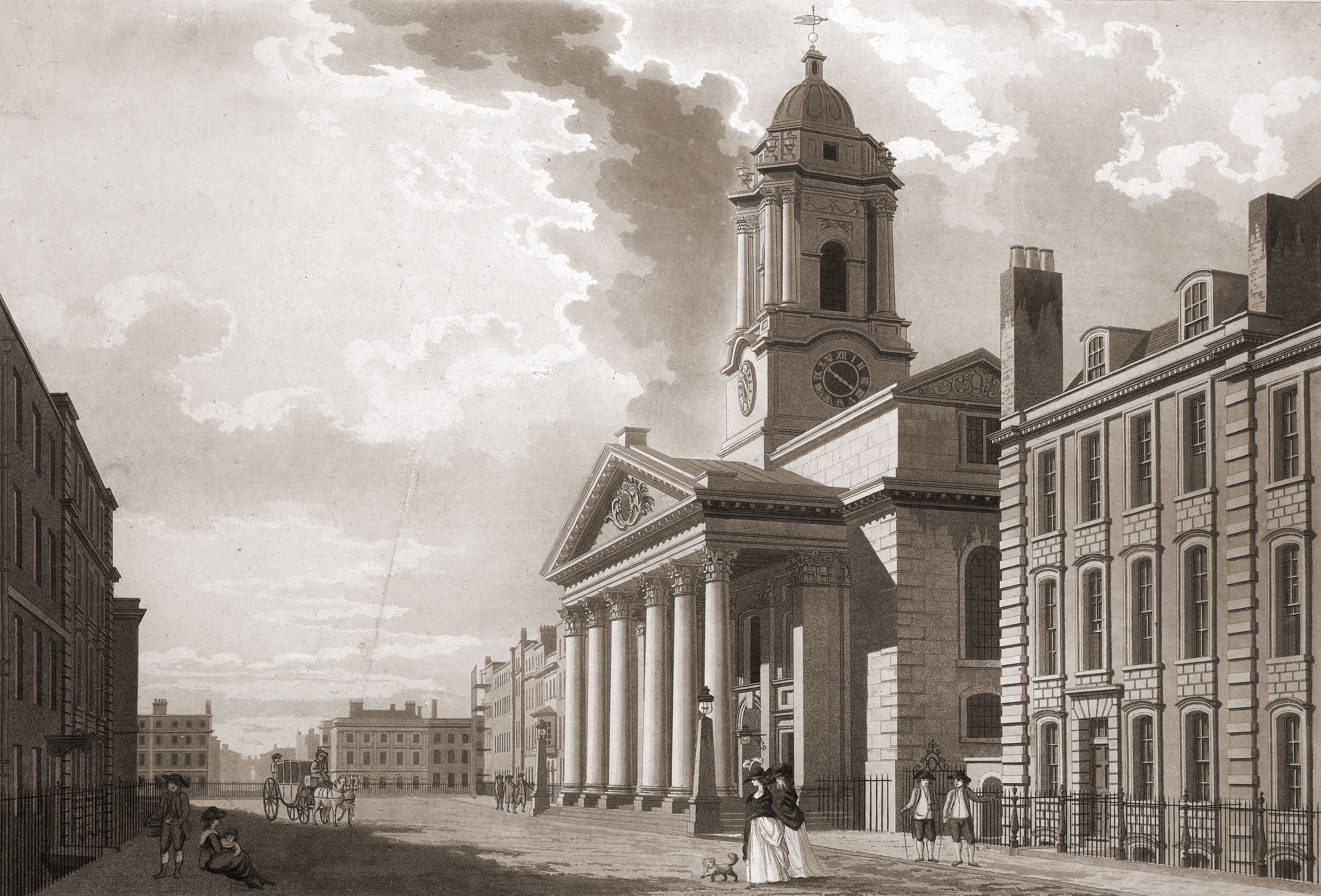- a sculptor with a surname in 2 different variations
- a statue which may be Faith or Hope
- an alleged father-in-law who is actually a stepfather but the father-in-law of another character in this story
- a distant relative buried there as well but with missing information on the monument
- a link which doesn't lead to the promised (and much coveted!!!) details (at least it didn't link to a dubious website either. It was "just" a wrong link but how very frustrating, really!!!)
- the information given on the monument about the person for whom it was erected in the first place
- Elizabeth Emma Soyer, née Jones (1813–1842)
- Alexis Bénoit Soyer (4 February 1810 – 5 August 1858)
- Francois Simonau (26 May 1783 - 26 November, 1859)
- Lady Elise Isabelle Watts, née Simonau (10 August 1863 - ??? , maybe 1930)
1. Elizabeth Emma Soyer, née Jones
 |
| source: NPG |
Elizabeth was born in London in 1813. Her father died when she was just 4 years old.
There is a lot to be learned about Elizabeth from her obituary in the Gentleman's Magazine Vol XVIII, New Series, page 666 (wow, that number ;) ). I think it is pointless to pick out bits and pieces, so I share it here its entirety
 |
| source : The Gentleman’s magazine. ser.2 v.18 1842 |
I have no idea who has written this obituary but it turned out that I found it again, almost word for word, in the "original" source which I have mentioned above. It is a book called "Memoirs of Soyer", originally published in 1859, shortly after Alexis Soyer's death.
"Compiled and edited by F. Volant and J.R. Warren, his late secretaries" and also mentioned is a J.G. Lomax "an esteemed friend".
I finally found it here ~ Memoirs of Soyer
I cannot know if the authors of the memoirs had also written Emma's obituary in the Gentleman's Magazine or if they copied it from this magazine.
From this obituary we can now establish that Francois Simonau was Emma's stepfather.
Emma had shown artistic talent from a very early age on and she actually had her first exhibition at the Royal Academy in 1823 (being 10 years old!)
Between 1823 and 1843 fourteen of her pictures were exhibited at the Royal Academy, thirty-eight at the British Institution, and fourteen at the Suffolk Street Gallery (Graves, Dictionary of Artists)"Compiled and edited by F. Volant and J.R. Warren, his late secretaries" and also mentioned is a J.G. Lomax "an esteemed friend".
I finally found it here ~ Memoirs of Soyer
 |
| source: A dictionary of artists who have exhibited works in the principal London exhibitions from 1760 to 1893 |
Here is a painting by Emma which she created when she was just 14 years old.
 |
| source: Female Artists in History FB page |
The National Portrait Gallery has this engraving by Henry Bryan Hall. It shows Emma's husband Alexis Soyer and the engraving has been done from a painting by Emma.
 |
| source: NPG |
Her paintings had been made famous by engravings. I assume that this was the Victorian equivalent of our days' prints of paintings. A form of reproduction.
Alexis Soyer and Emma Jones had met when Alexis had come to the studio of F. Simonau to commission a portrait of himself. He quickly fell for Emma and it didn't take long for his feelings to be reciprocated by her. Her parents were not exactly enamoured with the idea of Emma marrying a "mere cook" but despite their disapproval Emma and Alexis were married on April 12th, 1837 in St. George's Church, Hanover Square.
(even though the obituary text says 1836, all other sources give the year as 1837, including the "Memoirs" book)
It is said that their marriage was a happy one but sadly enough it was only of short duration. As we could already read in the above obituary, Emma died of complications with her pregnancy.
Most sources mention a terrible thunderstorm and that the poor woman was so scared by it that she went into premature labour. I am not too sure what to make of this. But it is a fact that death in childbirth was very common back then and having a premature birth was very dangerous.
Personally I am not so interested in the weather conditions but I am mystified by something else. Every source gives 1813 as Emma's year of birth. I searched far and wide but could not find the day of her birth. She died in 1842, in the night from the 29th to the 30th of August, 1842. The Victorian Web wonders:
"According to the British Listed Buildings site, Alexis Soyer's wife was named Elizabeth and she died aged 29 years; the Kensal Green site gives her name as "Emma" and age as 28."Well okay, that isn't so weird after all. It would depend on which day she was born and if she died before or after birthday that year. But there is more confusion. Here is another screenshot of the same edition of the Gentleman's Magazine which contains the above shown obituary, this is page 441:
 |
| source: The Gentleman's magazine. ser.2 v.18 1842 |
How strange is this? On page 441 she died on Aug. the 31st, aged 31 years old and on page 666 she died on Aug. the 29th, being in her 29th year? Oh well, one could say, this is just a magazine and maybe proof-reading wasn't a thing. But now let's have a look at the monument itself, shall we? (please right-click on the picture and open in new tab/window for a high resolution version)
| source: Wikimedia Org |
At first I was endlessly puzzled by what looks like "1812" until I closely inspected the number 1 in "18" and "1st". They look different than what I thought was a "1" in 1812. So my best guess is that the vertical line in front of the "2" belongs to a "4" ... like this:
But what about the day (Sept 1st)? And what about Madame Soyer being 32 years old? This monument is said to have costed £ 500 and it took 2 years to be completed. Shouldn't the dates be correct? Are the dates correct? What is the truth? And during my intense reading online about this monument the last few days, I found no one to be baffled by this discrepancy. I can only say that I for my part am very puzzled by this.
So ends part 1 of my findings/thoughts/wonderings. I can only imagine this would bore the living daylights out of most people but I am utterly intrigued by now and will continue my writing about this monument.



No comments:
Post a Comment